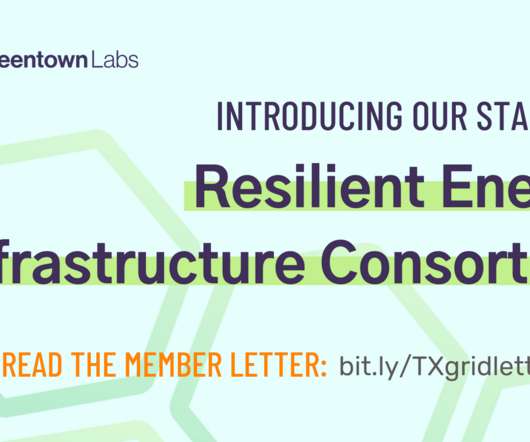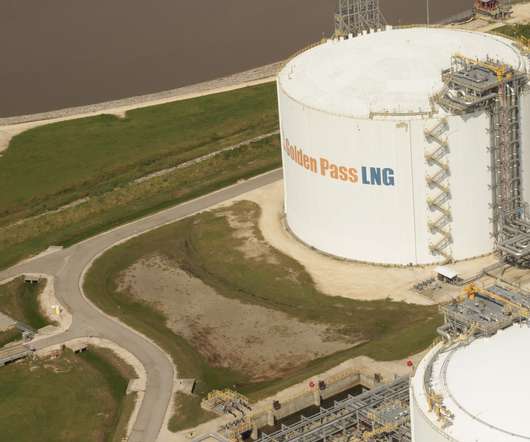An Open Letter: The Texas Energy Transition—The Greentown Labs Community Offers Pathways to a Resilient and Sustainable Energy Future
Greentown Labs
AUGUST 19, 2021
The Texas energy crisis in February 2021 reminded us of the precariousness of energy systems and their high costs of failure. This event nearly devastated the state’s power grid due to a frequency drop that put Texas four minutes and 37 seconds away from a months-long blackout.















Let's personalize your content